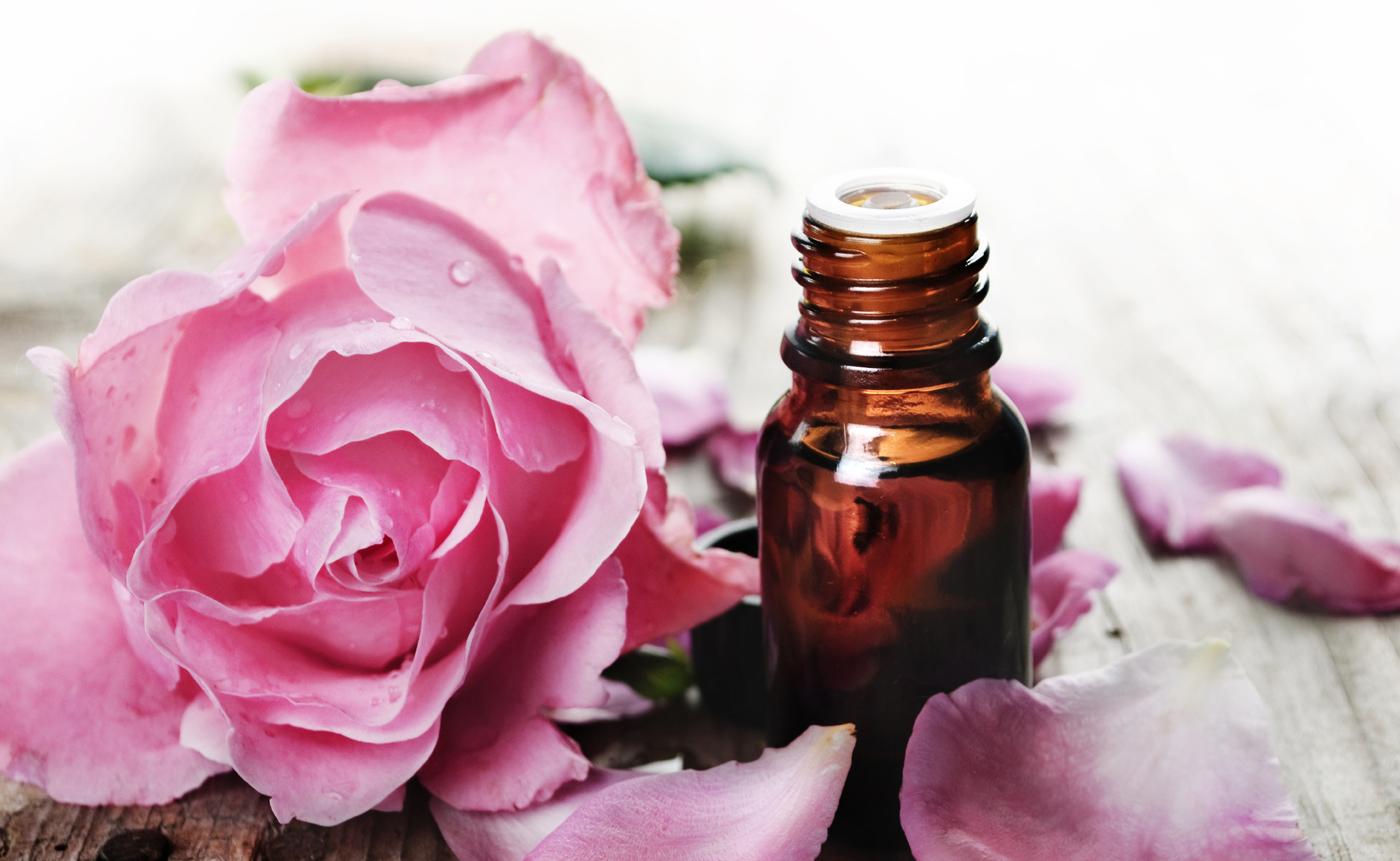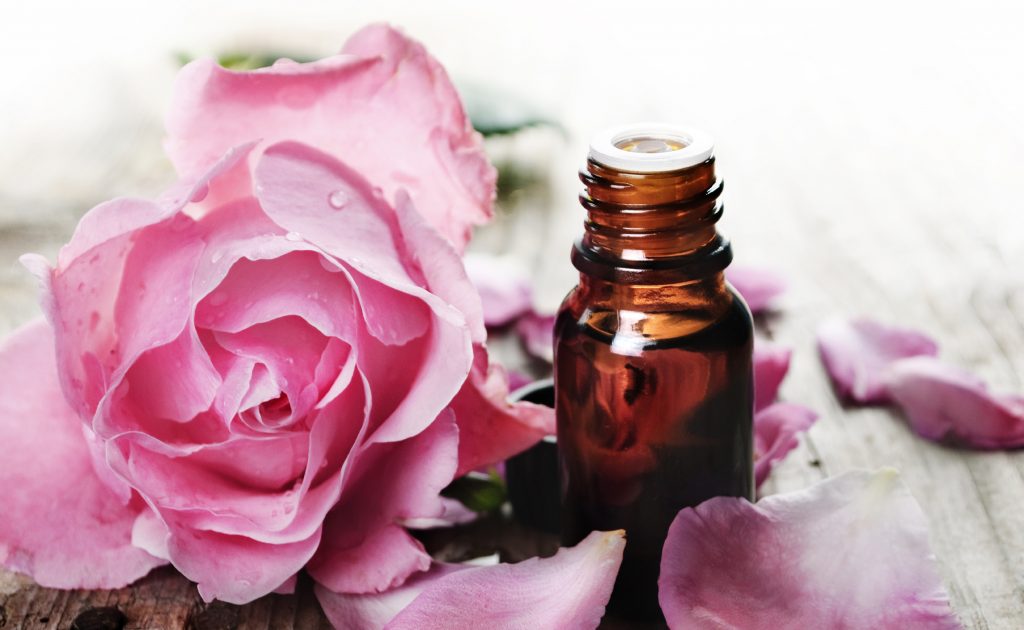With their earthy mystique and back-to-basics sophistication, essential oils have long been the go-to ingredient of eco-lovers looking for a trans formative skin-care fix and cool girls in search of an original personal fragrance.
But in recent years, the all-natural and organic ingredients, which are often extracted from the plant or petal in their purest form, have also been linked to a few less desirable characteristics.
Dermatologists agree, citing a common misconception that “natural” equals “gentle”—it doesn’t—and a lack of standardization across the essential oils category, meaning that one boutique’s tea tree oil could be wildly different in concentration and potency from another’s. Not to worry: A few easy guidelines can help ward off most major problems. Here, we’ve broken down a few key points from Kennedy and two doctors.
1. Consider avoiding essential oils if you have sensitive skin.
Appealing for their straight-from-the-source simplicity, essential oils can be extremely powerful—which is precisely why those with sensitive complexions are the ones that probably should avoid them in the first place. Fragrance-free, essential oil–free formulas with a pared-down ingredient list of soothing and hydrating substances—squalene, coconut oil, glycerin, or shea butter, for instance—may offer a better alternative.
2. Choose diluted concentrations of tea tree, peppermint, and citrus oils.
The problem, people often make the mistake of applying these oils straight from the bottle—this can cause chemical burns. You need to find a formula that is diluted. Similarly, peppermint oil and citrus oils (such as lemon and orange peel) can cause irritations. The citric acid level in citrus oils can be highly allergenic. If the concentration is not the right one or too strong for you, hyperpigmentation can follow. If you’re a fan of these oils, try looking for products that list them far down on the ingredients label. This way, you’ll know they comprise only a small percentage of the product.
3. Commit to a spot test.
If you still want to try an essential oil face serum or cream and are introducing one to your routine for the first time, start with a streamlined formulation that contains just one or two essential oils to assess possible issues. Using simpler formulas also makes spot-testing more accurate, which is key to determining how your skin will react. Start by dabbing a bit of the product on the inner side of your wrist or behind the earlobe. You’ll want to try the product for at least a few days.
4. Wear your SPF.
It’s a lesser-known fact that “if you use [essential oils], you have to be more careful about always wearing sunscreen” . Reach for a daily formula with broad spectrum protection of SPF 30 and above and reapply every two hours. When at the beach, consider large wraparound shades and a sun protective beach hat for extra insurance.
5. Reassess your skin-care routine regularly.
Just because an essential oil–laden formula has worked magic for you for the last few months doesn’t mean it couldn’t be the underlying cause of a new breakout. Many essential oils are actually volatile—so it might change sitting in the bottle or your skin’s reaction to it might change down the line. Observe the expiration date, and if your skin starts acting up, consider throwing away an old bottle in favor of a lab-fresh sample.


